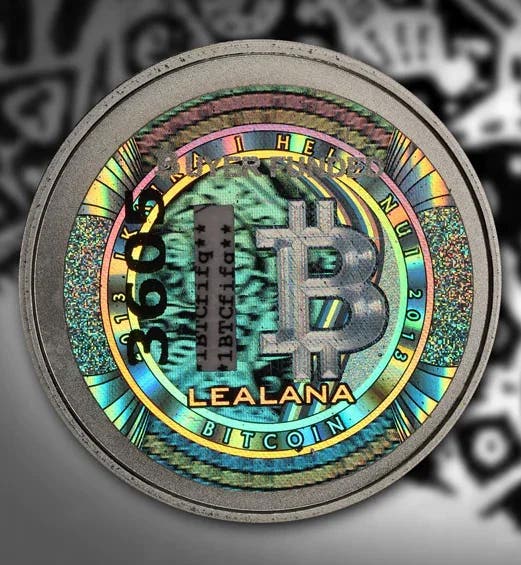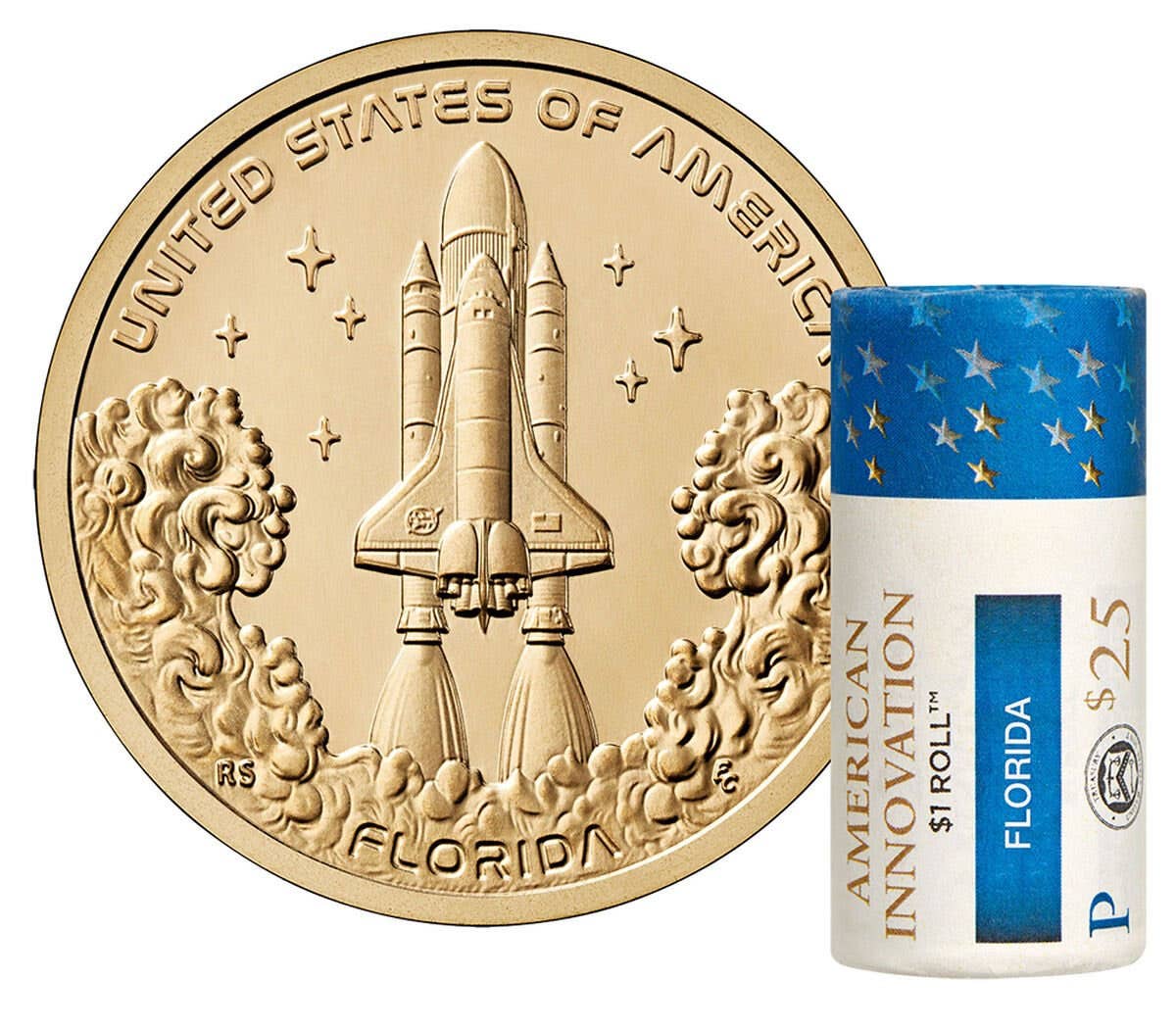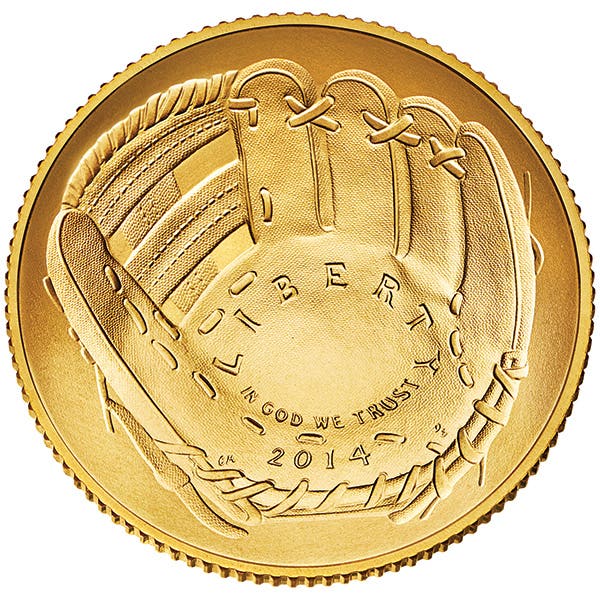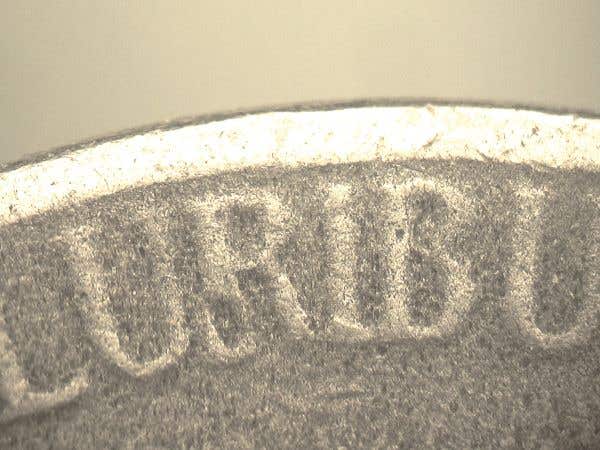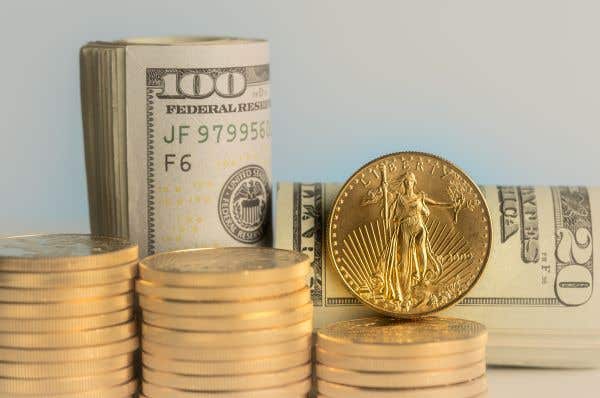Stars do not signify genuineness
I’ve been told that any “coin” with 13 stars on it is a genuine Mint issue. Is this true? Definitely not. Stars are symbols. They may be used on tokens,…
I’ve been told that any “coin” with 13 stars on it is a genuine Mint issue. Is this true?
Definitely not. Stars are symbols. They may be used on tokens, medals or any other object, whether numismatic or not. Other than the tradition assigning the number of stars to the 13 original colonies, there is no other connection between the stars and the genuineness of a particular coin. Any counterfeit coin can have 13 stars. For that matter, there are 50 stars on the reverse of the Kennedy half dollar, plus another nine.
Why is the dime smaller than the nickel?
This is a favorite question with young students. The dime started out in 1796 with a diameter of 19mm. In 1809, it dropped to 18.8mm, and again in 1837 to 17.9mm, the size in use today. The dimes were 90 percent silver since 1837 but have contained no silver since 1965 (except proofs, beginning in 1992.) The five-cent nickel was introduced in 1866 and made larger to distinguish it from the silver coins. The sizes remained the same for a century, so the Mint saw no reason to change the size of the dime when they changed the alloy from silver to copper-nickel clad on a copper core. Several other countries have had the same issue with their small silver coins that were changed to base metal.
I have a gold coin with all the U.S. presidents on it. Do you have any idea of the value?
The piece you have is not a coin. Rather, it is a privately issued medal struck on gold-plated bronze. The issue price was less than $7. This is a perennial problem because virtually nobody outside the field of numismatics is aware of the difference between a coin, medal, or a token. The problem is compounded by large companies that offer “coins” on TV and the Internet that are actually privately issued medals, such as the one that was the topic of this question. The easiest way to tell them apart is to remember that only a government can issue a coin; coins have denominations; and they are used to buy things. Medals have no denomination and are not legal tender. They can be government issues. Tokens might show a denomination, such as with “good for” in front of it, but they are not made by the government.
Why can’t I get Dwight D. Eisenhower, Susan B. Anthony, Native American or Presidential dollars from my bank, as they are supposed to be circulating?
Banks don’t have to offer them. It costs them money to handle cash. Skipping dollar coins saves them money. Most Americans won’t notice because they don’t want to use dollar coins. It’s a classic case of supply and demand. Most have gone back to the Federal Reserve banks. However, there are banks that do have them. Try contacting another one in your area.
E-mail inquiries only. Do not send letters in the mail. Send to Giedroyc@Bright.net. Because of space limitations, we are unable to publish all questions.
This article was originally printed in Numismatic News Express. >> Subscribe today
More Collecting Resources
• Subscribe to our monthly Coins magazine - a great resource for any collector!
• Error coins can bring big money. Learn to detect them and how to cash in on them with Strike It Rich With Pocket Change.




